When Apple announced they were bringing hypertension detection to Canadian users today, it felt like one of those moments where consumer technology finally catches up with what we've all been hoping it could do. The tech giant officially launched its Hypertension Notifications feature for Apple Watch users in Canada, Singapore, and Bahrain, according to MacRumors. The move follows the feature's initial rollout to over 150 countries and territories just last month, as reported by MacRumors. About time.
Here's what makes this compelling. Nearly 1.3 billion adults worldwide struggle with high blood pressure, with roughly half unaware of their condition, research from Euronews shows. The Canadian launch is more than a map update. It shows wearable tech stretching beyond fitness into preventive healthcare, a meaningful shift given hypertension's reputation as a silent risk that can raise the odds of heart attack, stroke, and kidney damage without obvious symptoms.
Which Apple Watch models support this game-changing feature?
Let's talk compatibility, because not every Apple Watch can run this level of health monitoring. Hypertension Notifications work exclusively on Apple's premium models, specifically Apple Watch Series 9, Series 10, Series 11, Ultra 2, and Ultra 3 running watchOS 26, MacRumors confirms.
If you're wearing an Apple Watch SE, you're out of luck, according to MacRumors. The feature needs significant computational power to run the algorithms that analyze blood vessel responses, something reserved for the processors in Apple's flagship models.
Setup is refreshingly simple. You enable it through the Health app on your paired iPhone, as outlined by MacRumors. No complicated calibration. No extra hardware. Just switch it on and let the watch get to work.
How does Apple Watch actually detect high blood pressure?
This is the fun part. Apple leverages the optical heart sensor already in the watch, but it goes well beyond counting beats. Instead of only tracking heart rate, the system analyzes how blood vessels respond to each heartbeat using pulse wave velocity measurement, 9to5Mac reports.
The algorithm runs in the background during waking hours and assesses data over 30 day windows to spot patterns associated with hypertension, according to MacRumors. That longer view matters. A single reading can swing with stress, caffeine, or daily activity. Thirty days paints a trend line rather than a snapshot.
Apple focuses on detection, not measurement. The system flags consistent signs of chronic hypertension but does not provide direct blood pressure readings, MacRumors explains. Skipping absolute numbers avoids messy calibration while still offering meaningful screening.
What's the science backing up these notifications?
Apple did not ship this feature without scale or rigor. The company trained its machine learning models on data from multiple studies with more than 100,000 participants, MacRumors notes. Then it validated performance in clinical studies with over 2,000 participants, according to MacRumors. Big net, then tight verification, the standard playbook for medical tech.
In testing, the feature showed a sensitivity of about 41 percent for correctly identifying hypertension and a specificity of about 92 percent for correctly identifying when it is not present, Euronews research indicates.
Bottom line, the watch will miss more than half of true cases, but its high specificity helps avoid a flood of false alarms, according to Euronews. Think of it as a wide net for screening, not a diagnostic tool.
What happens when you receive a hypertension alert?
Getting a hypertension notification is not a reason to panic. Apple designed it as the start of a more informed health journey, not an emergency siren. When the watch detects consistent signs of elevated blood pressure over a 30 day period, users are guided to create a Blood Pressure Log and take measurements with a traditional cuff for seven days, MacRumors explains.
That week of manual checks bridges the gap between algorithmic detection and the clinical grade data doctors rely on. The next step is straightforward, consult a healthcare professional to review the results, according to MacRumors.
The Blood Pressure Log feature helps with follow through. It sends daily reminders for morning and evening readings, lets you enter systolic and diastolic values, and can export a PDF for appointments, as detailed by ZDNet. You walk into the clinic with a packet of trends, not just a hunch.
The bigger picture: why this matters for public health
Here's where Apple's ambition shows. The company expects to surface more than one million cases of undiagnosed hypertension in the first year, Euronews reports. Even with 41 percent sensitivity, that scale hints at how wearables can move the needle when millions use them daily.
Hypertension rarely announces itself, yet it raises the risk of heart attack, stroke, and kidney damage, according to Euronews. Traditional care often catches it during periodic checkups, which many people, especially younger adults, skip for years.
There are guardrails. The feature is intended for users 22 and older who have not been diagnosed with hypertension and are not pregnant, MacRumors clarifies. In Canada, the rollout follows Health Canada's regulatory approval, 9to5Mac confirms.
What we're seeing with the Canadian launch is not just another Apple Watch update. It marks the shift from step counts to serious health signals, the kind that can surface a condition before it becomes a crisis. It is not a replacement for diagnosis or ongoing medical care. It is an early nudge.
The tech is imperfect, that 41 percent sensitivity matters, but high specificity and passive monitoring make it a practical screen for people who might otherwise go years without noticing a problem. My hunch, the real win is the habit of quiet, continuous triage. As Apple expands the feature globally, this starts to look like the future of preventive care, a check on your cardiovascular health as casually as checking the time.




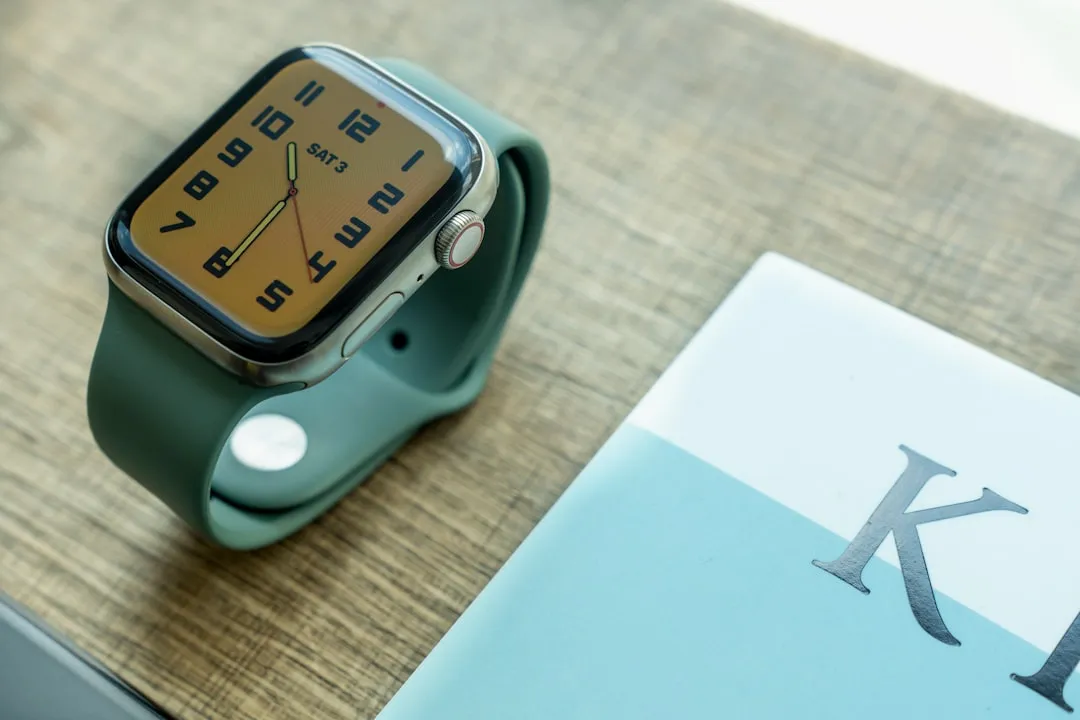


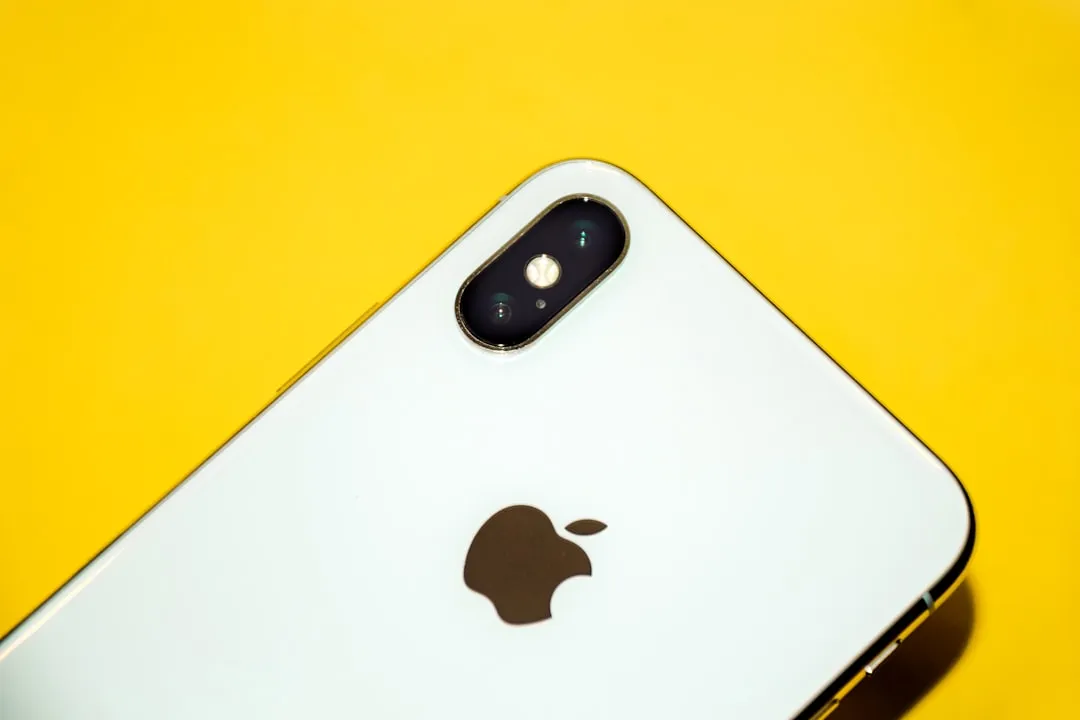

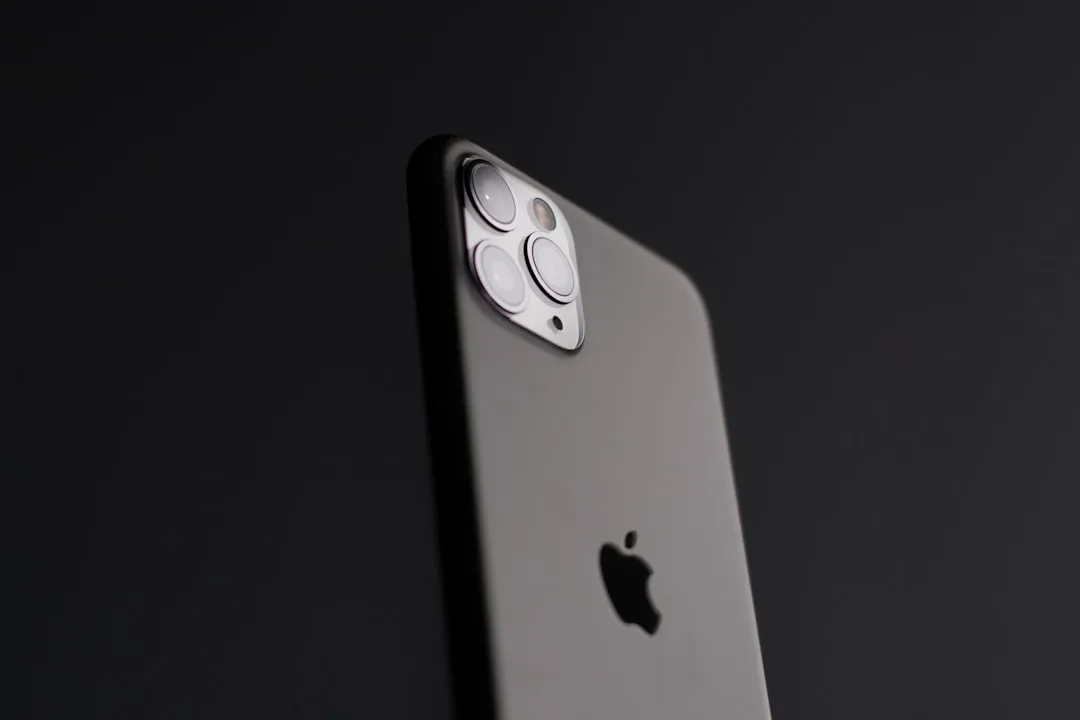


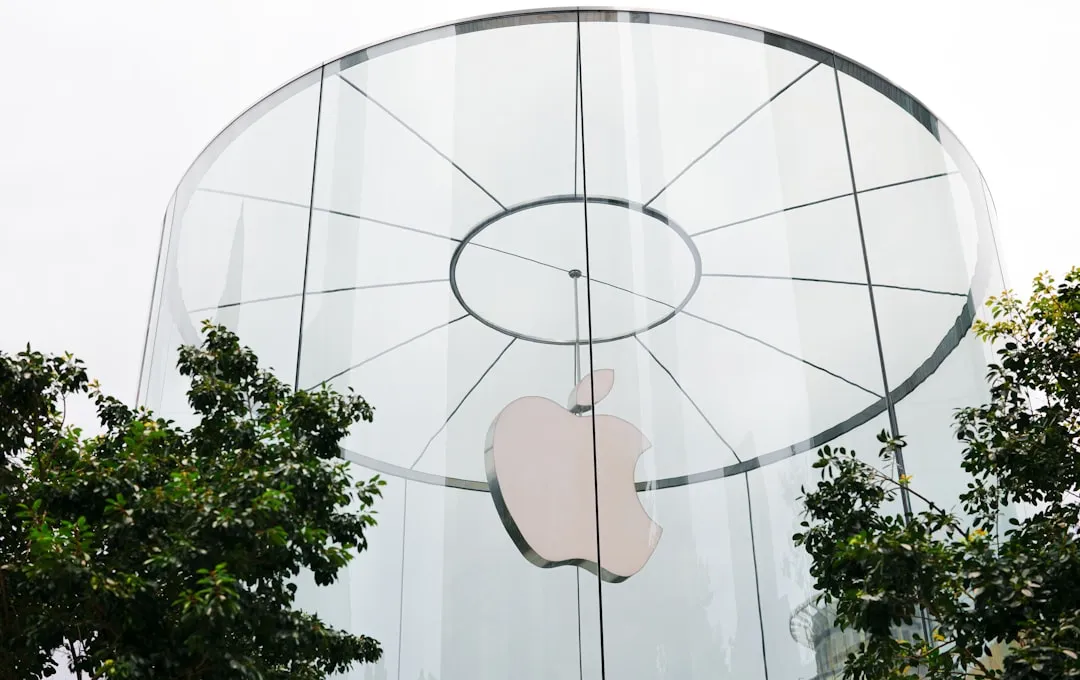
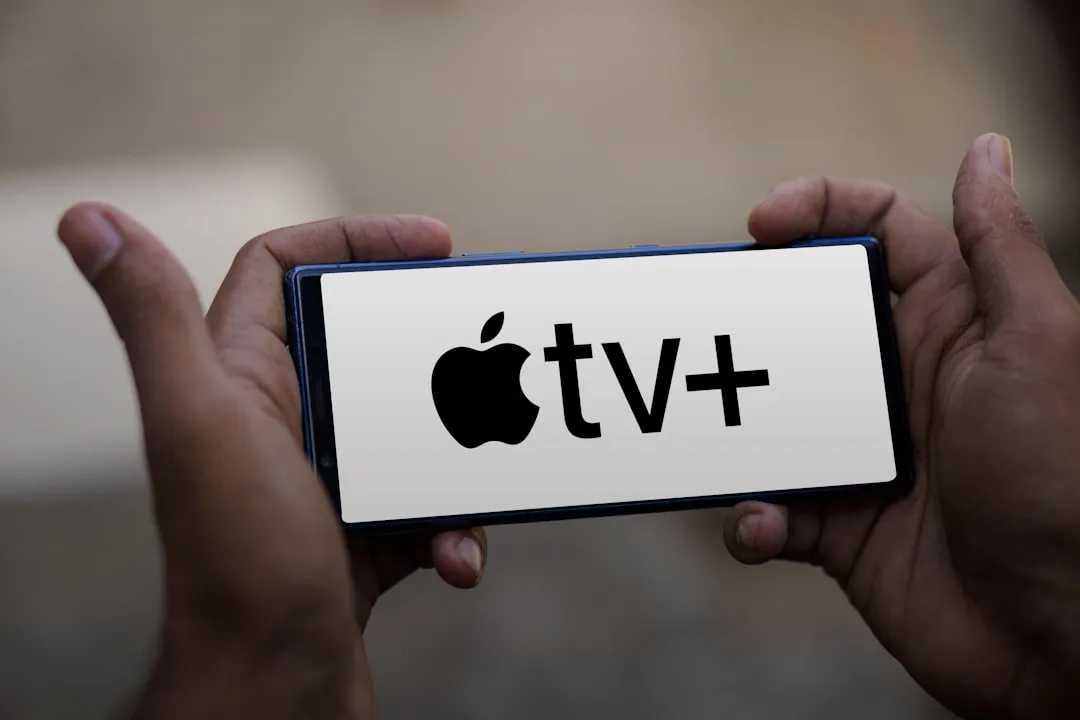
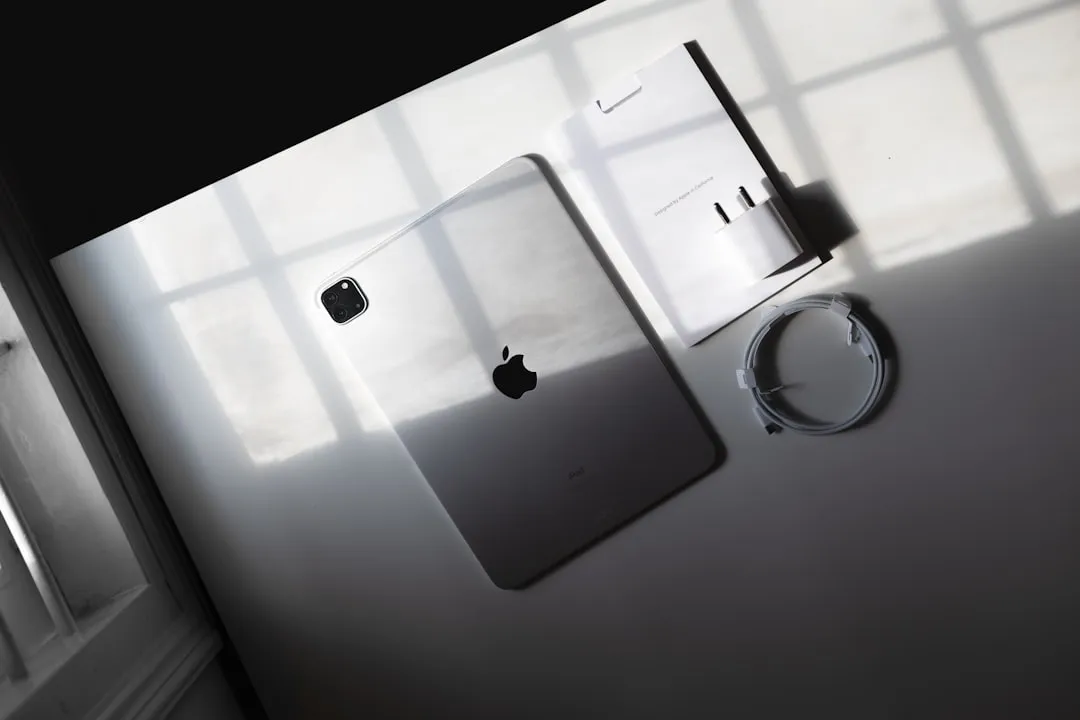

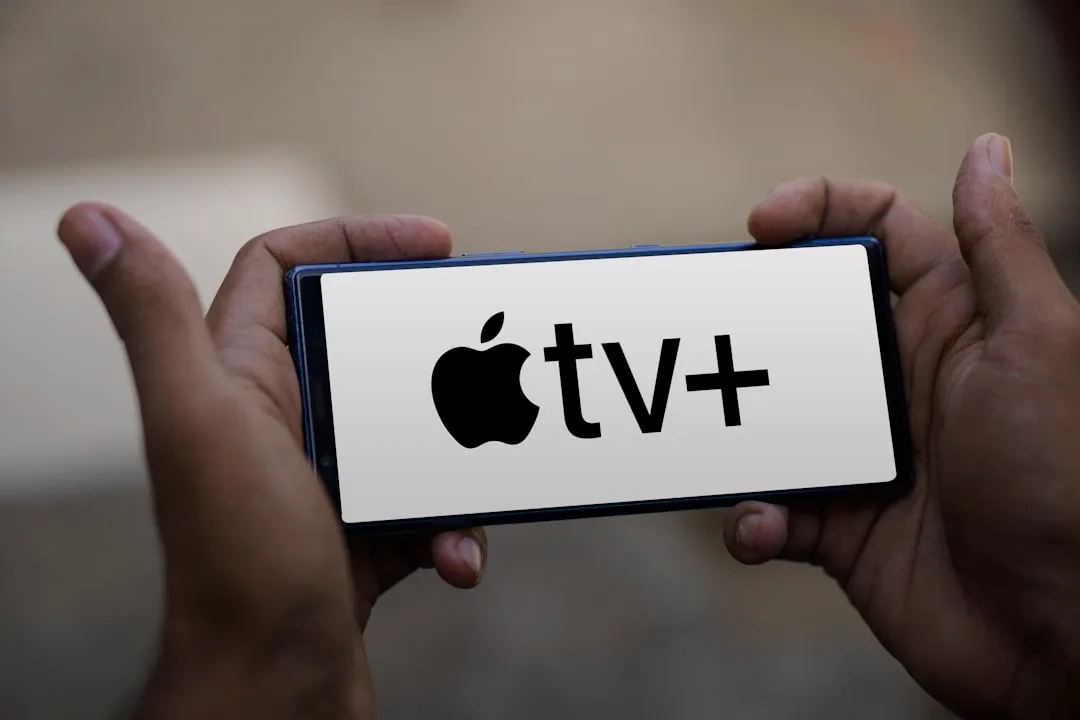

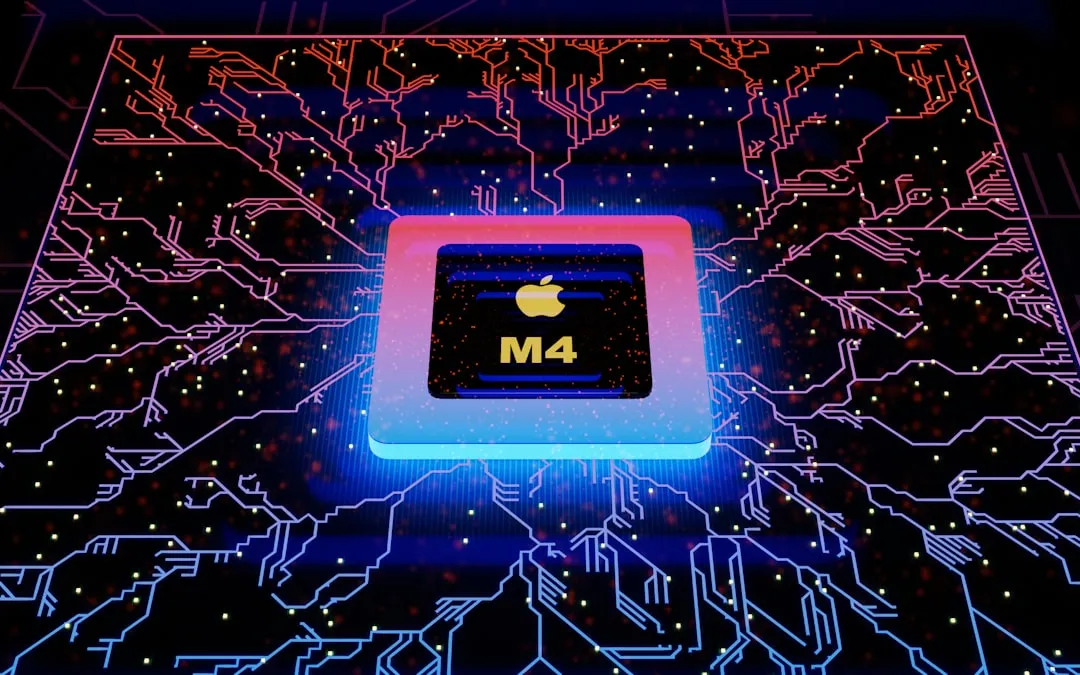
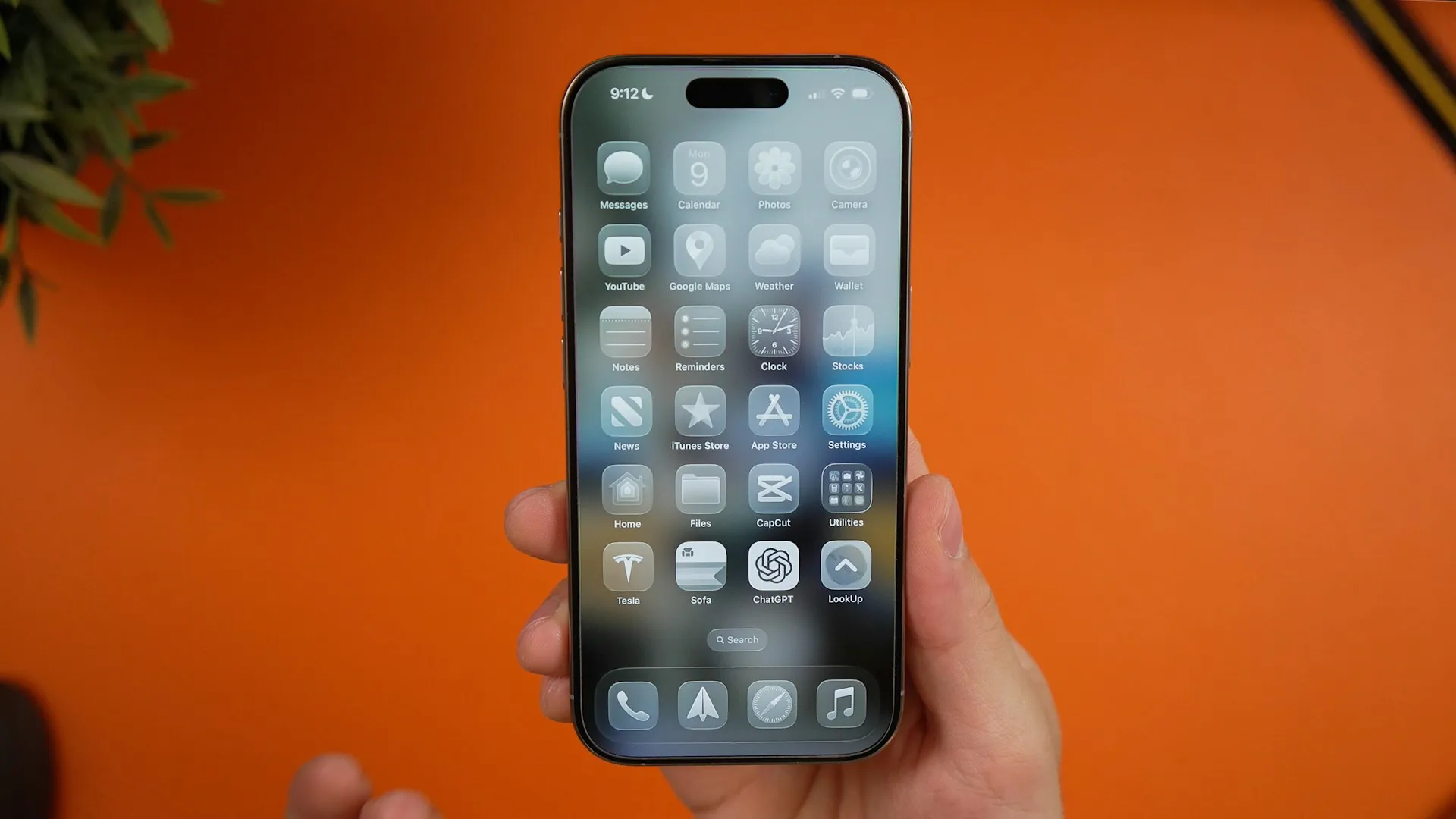

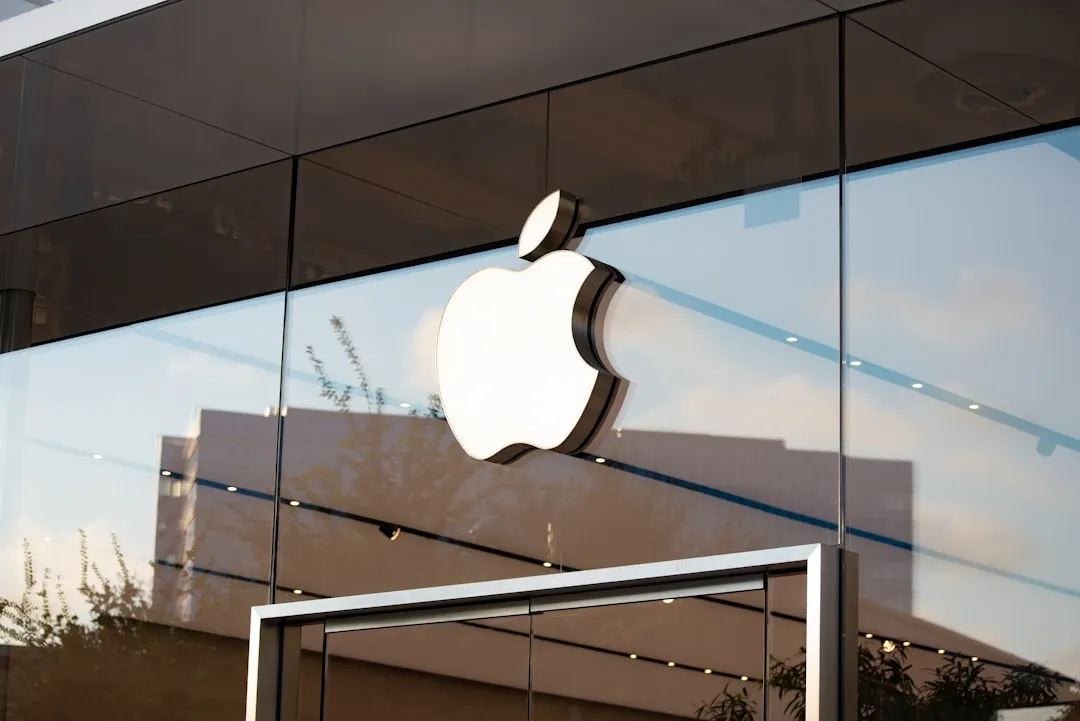



Comments
Be the first, drop a comment!